Home>Garden Essentials>How To Get Weeds Out Of Rock Landscaping
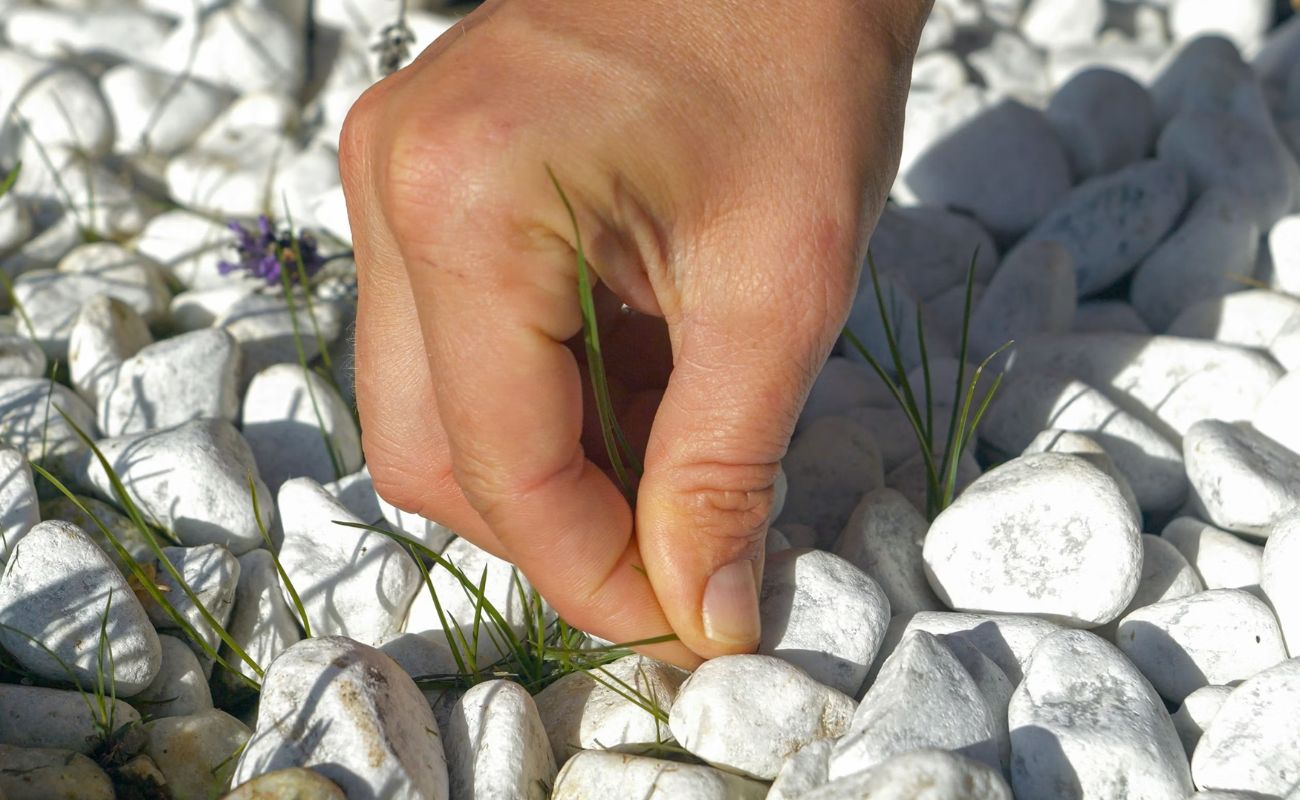

Garden Essentials
How To Get Weeds Out Of Rock Landscaping
Modified: March 7, 2024
Learn effective techniques to remove weeds from your rock landscaping and maintain a beautiful garden. Discover tips and tools for a weed-free outdoor space.
(Many of the links in this article redirect to a specific reviewed product. Your purchase of these products through affiliate links helps to generate commission for Storables.com, at no extra cost. Learn more)
Introduction
Rock landscaping is a popular choice for many homeowners due to its low maintenance requirements and aesthetic appeal. By incorporating rocks and boulders into your garden, you can create a beautiful and natural-looking outdoor space. However, one common issue that can plague rock landscaping is the growth of weeds.
Weeds are invasive plants that can quickly take over your rock garden, detracting from its beauty and causing frustration for homeowners. Not only do weeds compete for nutrients and water, but they also create an unsightly appearance, making it necessary to find effective methods for weed removal.
In this article, we will discuss why weeds are a problem in rock landscaping and provide you with practical tips and methods for getting rid of them. We will also explore ways to prevent future weed growth, ensuring that your rock garden remains pristine and weed-free.
Key Takeaways:
- Say goodbye to weeds in your rock garden by hand-pulling, using a weed torch, or applying natural remedies like vinegar or salt. Prevent future growth with a weed barrier and regular maintenance.
- Keep your rock landscaping weed-free by removing weeds with hand-pulling and a weed torch. Use natural remedies like vinegar or salt, and prevent future growth with a weed barrier and proactive maintenance.
Read more: Where To Get Big Rocks For Landscaping
Why are weeds a problem in rock landscaping?
Weeds can quickly become a nuisance in rock landscaping for several reasons. First and foremost, weeds compete with your desired plants for essential resources such as sunlight, water, and nutrients. This can lead to stunted growth and reduced vitality of your carefully chosen plants.
Moreover, when weeds take hold in the crevices and gaps between rocks, they create a messy and untidy appearance. The contrast between the vibrant green weeds and the natural colors of the rocks can be visually off-putting.
Additionally, weeds can also cause damage to your rock landscaping by infiltrating the spaces between rocks and causing them to shift or become dislodged. This can create an unstable foundation, compromising the integrity and design of your rock garden.
Another issue with weeds in rock landscaping is the difficulty of removing them once they have established themselves. Weeds can have deep roots that are challenging to pull out, especially when they penetrate between the rocks. Traditional weeding methods can be time-consuming, labor-intensive, and may risk damaging the surrounding rocks or plants.
Therefore, it is essential to take proactive measures to prevent weed growth and employ effective weed removal techniques to maintain the beauty and functionality of your rock landscaping.
Tools and materials needed
Before tackling the task of removing weeds from your rock landscaping, it’s important to gather the necessary tools and materials. Having the right equipment can make the process more efficient and effective. Here are some essential items you’ll need:
- Garden gloves: Protect your hands from thorns, prickly weeds, or any potential irritants.
- Weeding tools: Invest in a variety of weeding tools such as hand trowels, weed pullers, and weed knives. These tools will help you reach into tight spaces and extract weeds without damaging the surrounding rocks.
- Weed torch: A weed torch is a propane-powered device that releases intense heat and can be used to kill weeds effectively. It is particularly useful for weeds growing in cracks and crevices.
- Vinegar or salt: Vinegar or salt can be used as natural weed killers. These household items can effectively kill weeds when applied directly to their leaves or roots.
- Weed barrier: Consider using a weed barrier fabric or landscape fabric to prevent weed growth underneath the rocks. This material allows water and nutrients to pass through while blocking weeds from sprouting.
- Mulch or gravel: Applying a layer of mulch or gravel around the rocks can help suppress weed growth by reducing sunlight and creating a barrier.
By having these tools and materials ready, you’ll be well-equipped to tackle the task of weed removal in your rock landscaping.
Preparing for weed removal
Before you start the actual process of removing weeds from your rock landscaping, it’s important to adequately prepare the area. Taking the time to prepare will make the weed removal process more efficient and ensure better long-term results. Here are some steps to follow:
- Clear the area: Remove any loose debris, such as leaves or twigs, from your rock landscaping. This will allow you to have a clear view of the weeds and make it easier to identify and target them.
- Identify the weeds: Take a close look at the weeds growing in your rock garden. Different weed species may require different removal techniques. By identifying the types of weeds present, you can choose the most appropriate method for removal.
- Moisten the soil: If the soil around the rocks is dry, lightly water the area to moisten the soil. Moist soil will make it easier to remove weeds, as their roots will be more pliable and less likely to break off during the process.
- Pack essential tools: Gather the appropriate tools and materials needed for weed removal, as discussed earlier. Having them close at hand will save time and prevent any disruption in the midst of the task.
- Protect surrounding plants: Take steps to protect any desired plants or flowers in the rock landscaping. Use your hands or a tarp to cover these plants temporarily, ensuring that they won’t be accidentally damaged during the weed removal process.
By following these preparatory steps, you’ll set yourself up for success in removing weeds from your rock landscaping. With a clear view of the area, knowledge of the weed species, appropriate moisture in the soil, and the necessary tools, you’ll be ready to tackle the task effectively.
Methods for removing weeds from rock landscaping
When it comes to removing weeds from your rock landscaping, there are several effective methods you can employ. The choice of method depends on the size and location of the weeds, as well as your personal preferences. Here are four common methods for weed removal:
- Hand pulling: Hand pulling is the most straightforward and organic method for removing weeds. Simply put on your gloves and pull the weeds out by hand, ensuring you remove the entire root system. This method works best for smaller and less established weeds, and it’s important to regularly monitor and remove any new growth.
- Using a weed torch: A weed torch, which uses intense heat to kill weeds, can be effective for weeds growing in cracks and crevices. Carefully direct the flame onto the weeds, ensuring you avoid any flammable materials or dry vegetation nearby. This method works best for weeds that are not directly adjacent to desirable plants or have shallow root systems.
- Applying vinegar or salt: For a natural and non-toxic approach, vinegar or salt can be used to kill weeds. Apply undiluted vinegar or sprinkle salt directly onto the weeds, making sure to cover the leaves and root areas. However, it’s important to note that vinegar or salt can also damage surrounding plants and soil, so use these methods sparingly and with caution.
- Using a weed barrier: To prevent weeds from growing in the first place, consider using a weed barrier fabric or landscape fabric. Cut the fabric to fit the area between the rocks, ensuring it covers the soil completely. This material allows water and nutrients to penetrate while blocking weed growth. Secure the fabric by tucking the edges under the rocks or using landscape staples.
It’s important to note that no single method will completely eradicate all weeds from your rock landscaping. Therefore, using a combination of these methods and regularly maintaining your rock garden will yield the best results.
Remember to choose the method that best suits your specific needs, taking into account the size of the weeds, their location, and the overall design of your rock landscaping.
Read more: How To Get Rid Of Weeds In Landscaping
Hand pulling
Hand pulling weeds is a straightforward and organic method for removing weeds from your rock landscaping. It is particularly effective for smaller and less established weeds that have not yet developed deep root systems. Here’s how you can effectively hand pull weeds from your rock garden:
- Put on a pair of sturdy garden gloves to protect your hands from thorns, prickly weeds, or any potential irritants.
- Identify the weeds you want to remove. Look for weeds that are growing between the rocks or in the gaps of your rock landscaping.
- Gently grip the base of the weed near the soil surface and firmly pull it straight up and out of the ground. Ensure that you remove the entire root system, as leaving any part of the root behind can allow the weed to regrow.
- For larger or deeply rooted weeds, you may need the assistance of a hand trowel or weed knife to loosen the soil around the weed before pulling it out.
- Place the pulled weeds into a bag or container designated for yard waste. Properly dispose of the weeds to prevent reseeding or further spread.
- Regularly inspect your rock landscaping for new weed growth and repeat the hand pulling process as necessary to keep your garden weed-free.
Hand pulling is an effective method for immediate weed removal and provides you with the opportunity to inspect your rock garden closely. By removing weeds manually, you ensure that you have complete control over the weeds without resorting to chemical treatments.
Keep in mind that regular maintenance and vigilance are essential to prevent weed reestablishment. By consistently hand pulling new weeds as soon as they appear, you can maintain the beauty and integrity of your rock landscaping.
To get weeds out of rock landscaping, use a weed barrier fabric underneath the rocks to prevent weeds from growing. Additionally, regularly hand-pick any weeds that do manage to grow through the rocks.
Using a weed torch
Using a weed torch is an effective method for removing weeds from your rock landscaping, especially those growing in cracks and crevices. A weed torch utilizes intense heat to kill weeds without the need for chemicals. Here’s how to use a weed torch to tackle weeds in your rock garden:
- Before using a weed torch, ensure there are no flammable materials, dry vegetation, or objects that could be damaged nearby. Safety is paramount, so carefully assess the area before proceeding.
- Equip yourself with all necessary safety gear, including protective gloves, closed-toe shoes, and goggles, to shield yourself from potential hazards.
- Hold the weed torch a few inches above the weeds, directing the flame directly onto the foliage. Sweep the torch back and forth across the weed, ensuring you cover all parts of the plant.
- Keep the flame on each weed for a few seconds to allow the heat to penetrate and destroy the plant’s cells. Be cautious not to hold the flame in one spot for too long, as this could potentially damage rocks or nearby plants.
- After treating the weeds with the weed torch, wait for them to wither and die. The process may take several days, during which time the weeds will dry out and become easier to remove.
- Once the weeds are completely dried out, gently pull them out by hand or use a weed knife to dislodge them from any crevices between rocks.
- Properly dispose of the dried weeds to prevent reseeding or regrowth.
Using a weed torch is a quick and efficient method for eliminating weeds in hard-to-reach areas of your rock landscaping. However, it’s essential to exercise caution during the process to avoid any accidents or damage to your garden.
Remember to always follow the manufacturer’s instructions for using the weed torch and adhere to proper safety guidelines. Regularly monitor your rock garden for new weed growth and repeat the torching process as needed to maintain a weed-free landscape.
Applying vinegar or salt
An alternative, natural approach to weed removal in rock landscaping is the use of vinegar or salt. Both vinegar and salt can be effective weed killers when applied directly to the weeds, making them a chemical-free option. Here’s how you can use vinegar or salt to tackle weeds in your rock garden:
- Vinegar Method:
- Fill a spray bottle with undiluted white vinegar.
- On a sunny day when there is no rain in the forecast, spray the vinegar directly onto the leaves and roots of the weeds, ensuring thorough coverage.
- Wait for a few hours or overnight for the vinegar to work its magic on the weeds.
- After the vinegar has had time to take effect, pull out the wilted weeds from your rock garden by hand or with the help of a weeding tool.
- Dispose of the pulled weeds properly to avoid reseeding or regrowth.
- Salt Method:
- Sprinkle salt directly onto the leaves and base of the weeds. Be careful not to oversaturate the area, as excessive salt can harm desirable plants and affect soil quality.
- Leave the salt on the weeds for a few days, allowing it to dehydrate and kill the plants.
- After the salt has done its job, carefully pull out the dried weeds from your rock landscaping.
- Dispose of the pulled weeds in an appropriate manner.
It’s important to note that vinegar or salt can have detrimental effects on surrounding plants and soil when used in excess. Therefore, use these methods sparingly and target them directly at the weeds to avoid any unintended damage.
Applying vinegar or salt can be an effective, non-toxic way to eliminate weeds from your rock garden. By incorporating these natural weed killers into your routine maintenance, you can keep your rock landscaping free from invasive plants.
Using a weed barrier
Using a weed barrier is a proactive and preventive method for controlling weed growth in your rock landscaping. By installing a weed barrier, you create a physical barrier that prevents weed seeds from germinating and penetrating the soil. Here’s how you can effectively use a weed barrier:
- Clean the area and remove any existing weeds from your rock landscaping. Clear away debris and ensure the surface is smooth and free of obstacles.
- Cut the weed barrier fabric or landscape fabric to fit the area between the rocks. Leave some overlap along the edges to secure the fabric in place.
- Place the weed barrier fabric over the soil, making sure it covers the entire area where weeds may grow. Use landscape staples or tuck the edges under the rocks to secure the fabric in place.
- For areas where the rocks are tightly packed, you can use adhesive or specialized tape to secure the weed barrier fabric to the rocks.
- Once the weed barrier is in place, carefully cut small slits or X-shaped openings in the fabric to accommodate existing plants or desired future plantings.
- Cover the weed barrier with a layer of mulch or decorative gravel to further deter weed growth and enhance the overall appearance of your rock landscaping.
A weed barrier fabric allows water and nutrients to penetrate through to the soil, ensuring your desired plants receive necessary nourishment. At the same time, it acts as a barrier, preventing weeds from sprouting and taking root.
Remember to periodically inspect the weed barrier for any damage or signs of weed breakthrough. If necessary, make repairs or adjustments to ensure optimal protection against weed growth.
Using a weed barrier is a proactive investment in maintaining a weed-free rock garden. By preventing weeds from taking root, you can enjoy a low-maintenance and visually appealing landscape for years to come.
Read more: How To Get Grass Out Of Rocks
Preventing Future Weed Growth
While effectively removing existing weeds from your rock landscaping is crucial, it’s equally important to implement preventive measures to minimize future weed growth. By incorporating these weed prevention strategies into your maintenance routine, you can keep your rock garden free from invasive plants. Here are some preventive steps you can take:
- Maintain a thick layer of mulch or decorative gravel: A layer of mulch or gravel around your rocks serves as a barrier, preventing weed seeds from reaching the soil and germinating. Refresh the mulch or gravel annually to maintain its effectiveness.
- Regularly inspect and remove any new weed growth: Weeds can quickly take hold, so make it a habit to regularly inspect your rock landscaping for any emerging weeds. Promptly remove them by hand or with appropriate tools before they have a chance to spread.
- Monitor and control the irrigation system: Excessive moisture can create favorable conditions for weed growth. Ensure your irrigation system is properly calibrated to avoid overwatering and limit the availability of water for weeds.
- Consider using pre-emergent herbicides: Pre-emergent herbicides can be effective in preventing weed germination. These herbicides create a barrier in the soil that inhibits weed seed growth. Consult with a knowledgeable professional to select the appropriate herbicides for your specific situation.
- Regularly maintain edges and borders: Keep the edges and borders of your rock landscaping well-defined and maintained. This makes it more difficult for weeds to invade from surrounding areas.
- Promote healthy plant growth: A healthy and robust landscape can help suppress weed growth. Ensure your desired plants in the rock garden receive proper care, including regular watering, adequate sunlight, proper fertilization, and timely pruning.
By combining these preventive measures with regular maintenance and vigilance, you can significantly reduce the occurrence of weeds in your rock landscaping.
Remember to tailor the preventive strategies to your specific rock garden and environmental conditions. Each landscape is unique, and implementing a combination of approaches will maximize your weed prevention efforts.
With ongoing attention and proactive measures, your rock garden can remain a beautiful and weed-free space for you to enjoy.
ConclusionMaintaining a weed-free rock landscaping requires a combination of effective weed removal techniques and ongoing preventive measures. Weeds can quickly take hold in the gaps and crevices between rocks, detracting from the beauty of your outdoor space. However, by implementing the right strategies, you can keep your rock garden free from invasive plants and ensure its long-term beauty and functionality.
Hand pulling weeds is a straightforward and organic method, ideal for smaller and less established weeds. By removing the entire root system, you can prevent regrowth and maintain control over weed growth. For weeds growing in cracks and crevices, using a weed torch can provide targeted and efficient elimination.
For those looking for natural weed control methods, vinegar or salt can be applied directly to the weeds to effectively kill them. However, it’s important to use these methods sparingly and with caution to avoid damage to surrounding plants and soil.
If you prefer a proactive approach, installing a weed barrier can prevent weed seeds from germinating and infiltrating your rock landscaping. Combined with regular inspection, maintenance, and the use of mulch or gravel, a weed barrier can significantly reduce weed growth.
Remember, prevention is key. Regularly inspecting your rock garden for new weed growth and incorporating preventive measures are vital in keeping your landscape weed-free. Maintaining healthy plants, controlling irrigation, and considering the use of pre-emergent herbicides are all important steps in preventing future weed growth.
By combining effective weed removal techniques, such as hand pulling or using a weed torch, with preventive measures and ongoing maintenance, you can enjoy a beautiful and weed-free rock garden for years to come.
So, roll up your sleeves, gather your tools, and put these strategies into action to bid farewell to those pesky weeds and reclaim the natural beauty of your rock landscaping.
Frequently Asked Questions about How To Get Weeds Out Of Rock Landscaping
Was this page helpful?
At Storables.com, we guarantee accurate and reliable information. Our content, validated by Expert Board Contributors, is crafted following stringent Editorial Policies. We're committed to providing you with well-researched, expert-backed insights for all your informational needs.
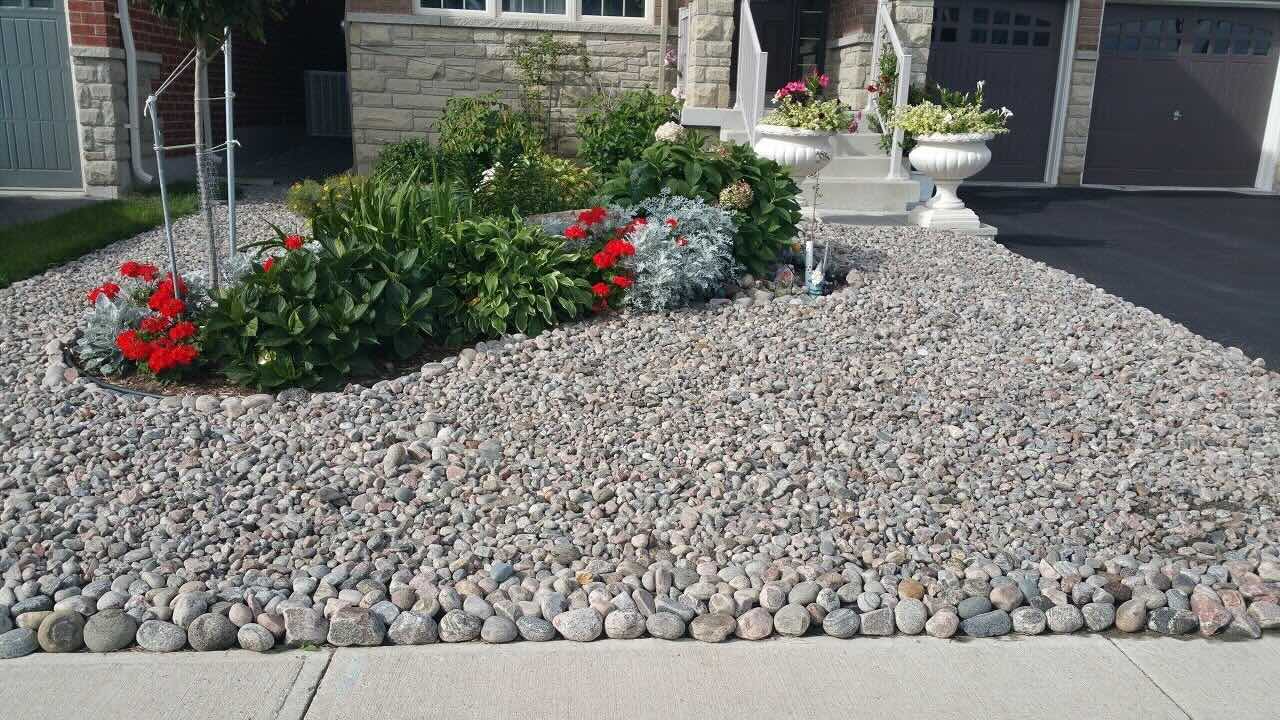
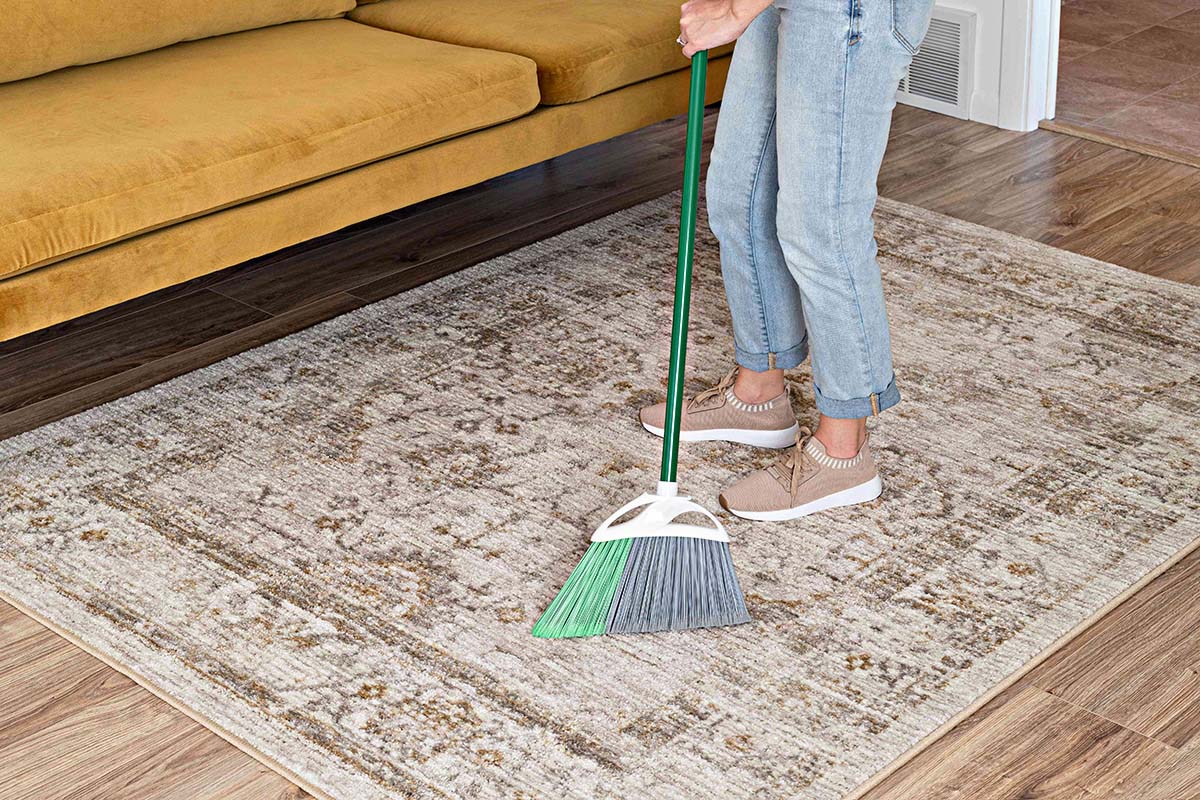
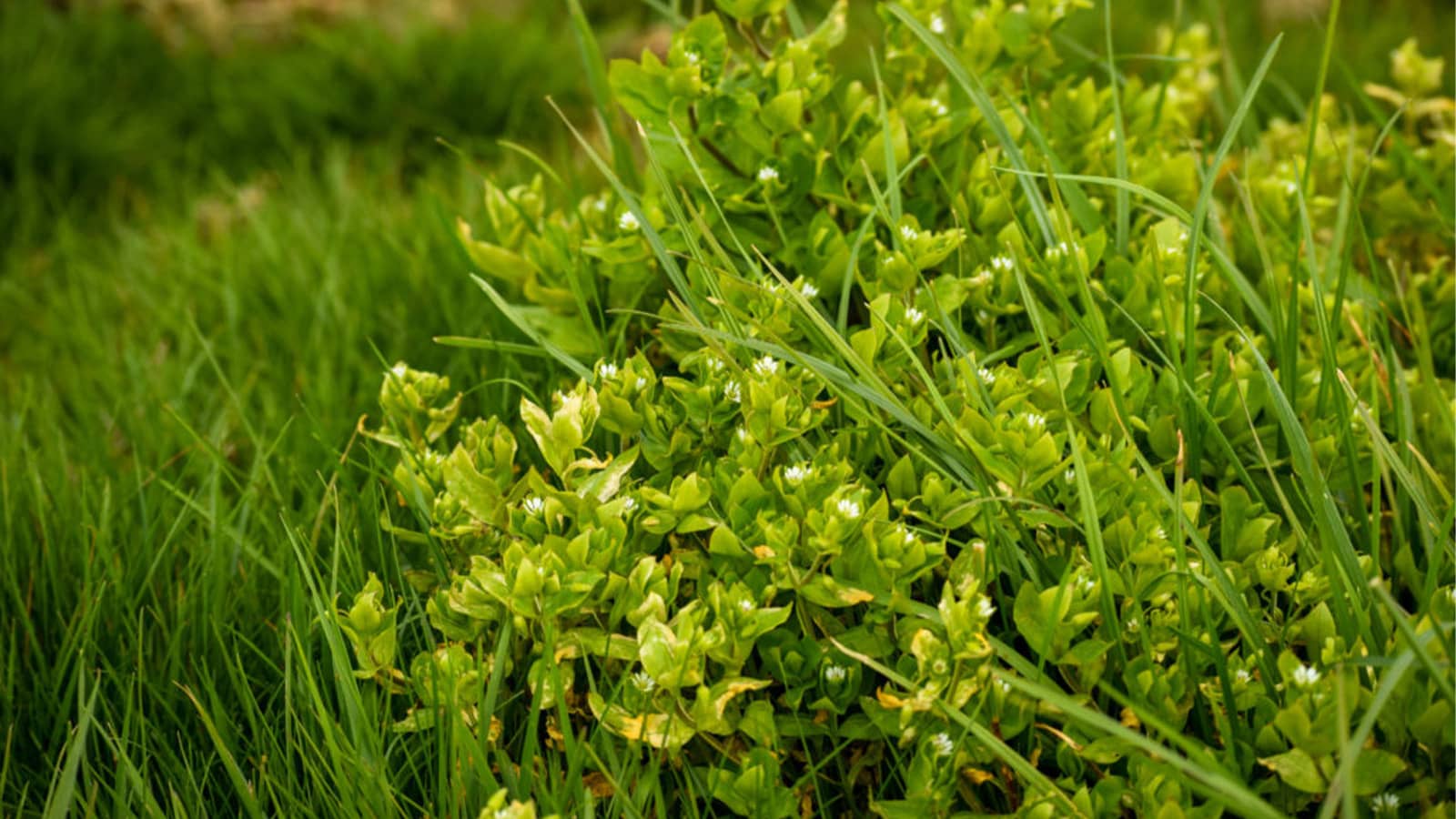
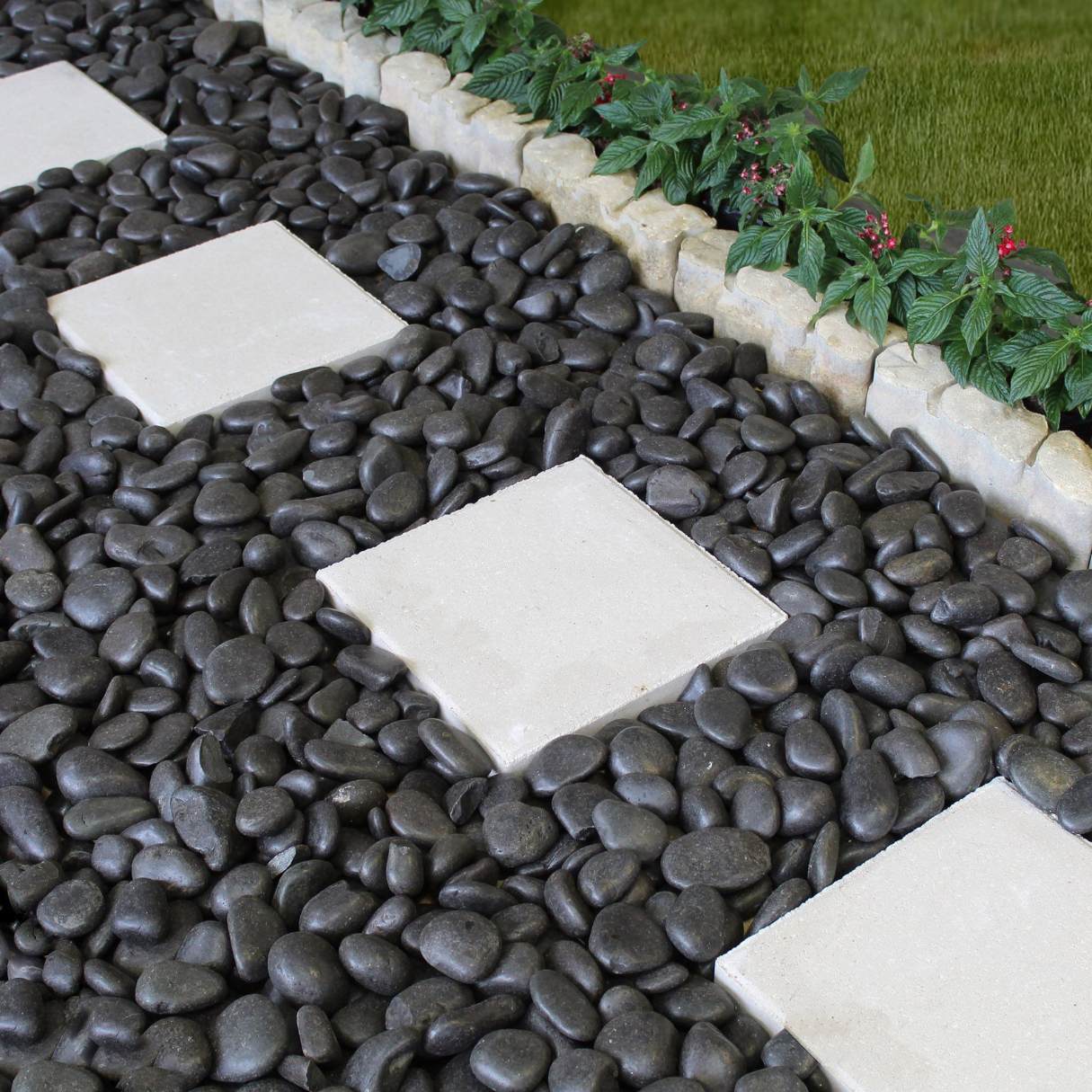
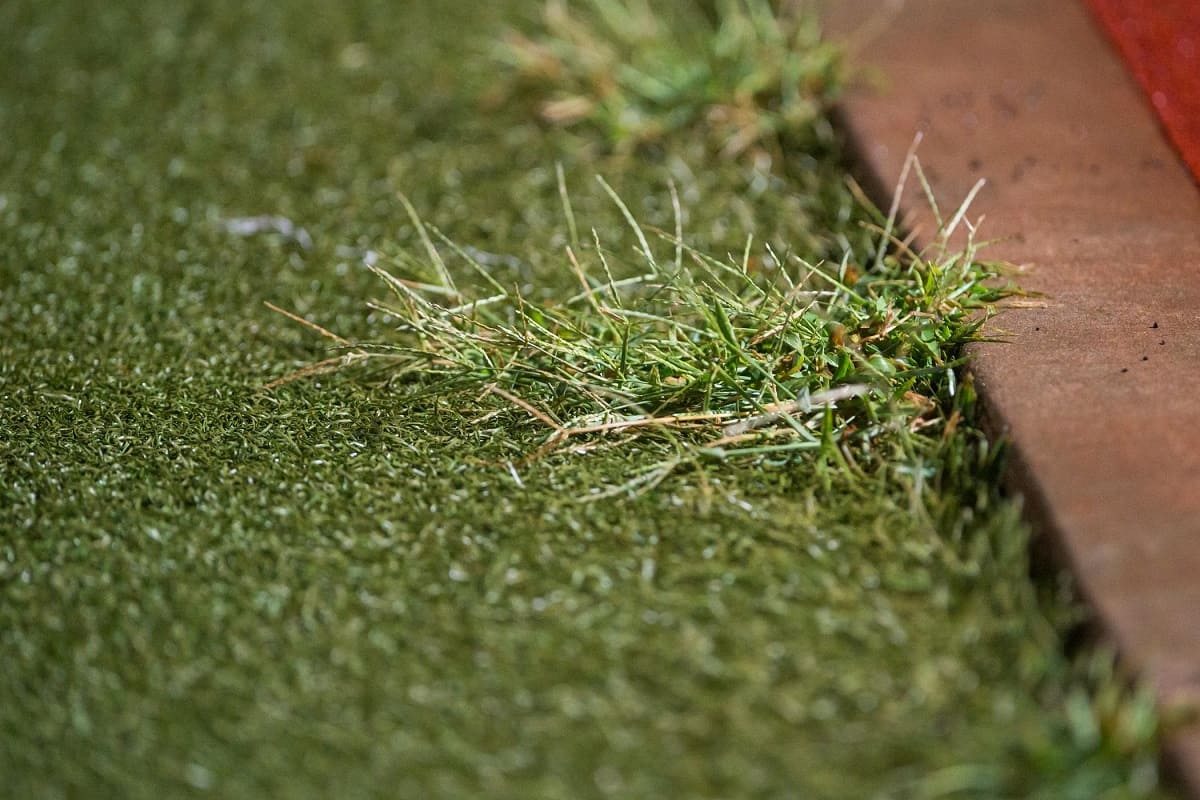
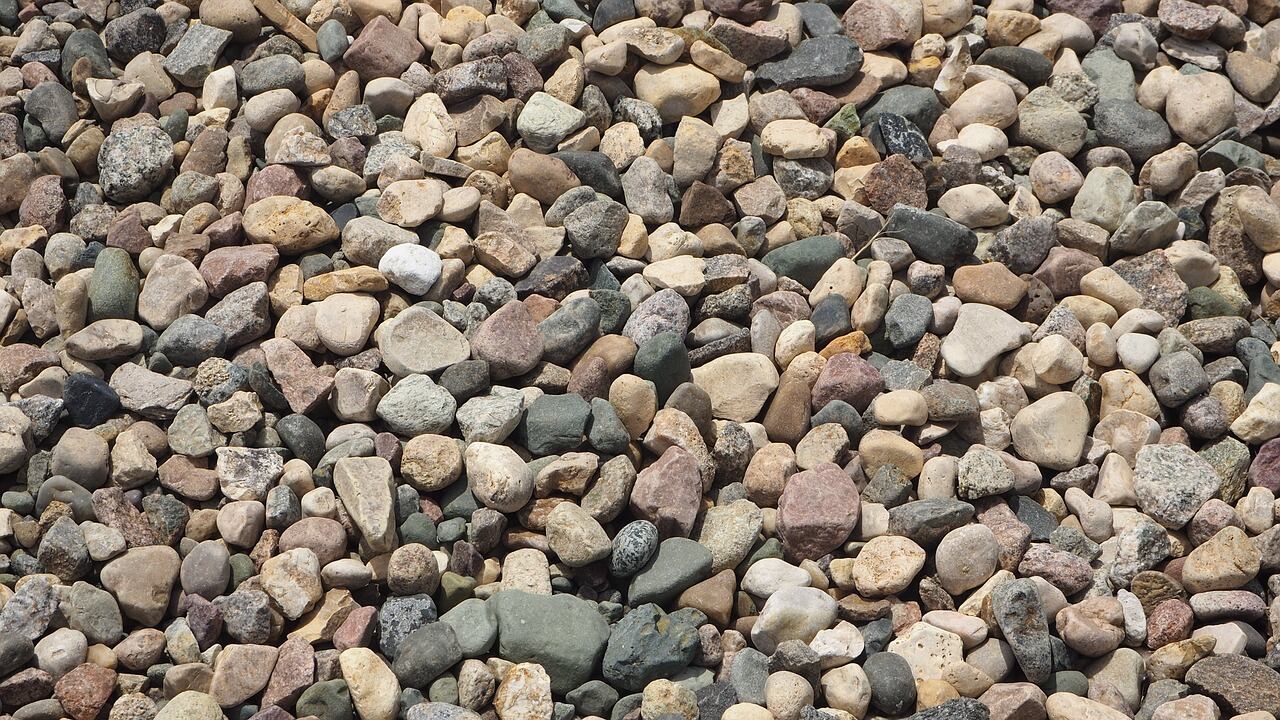

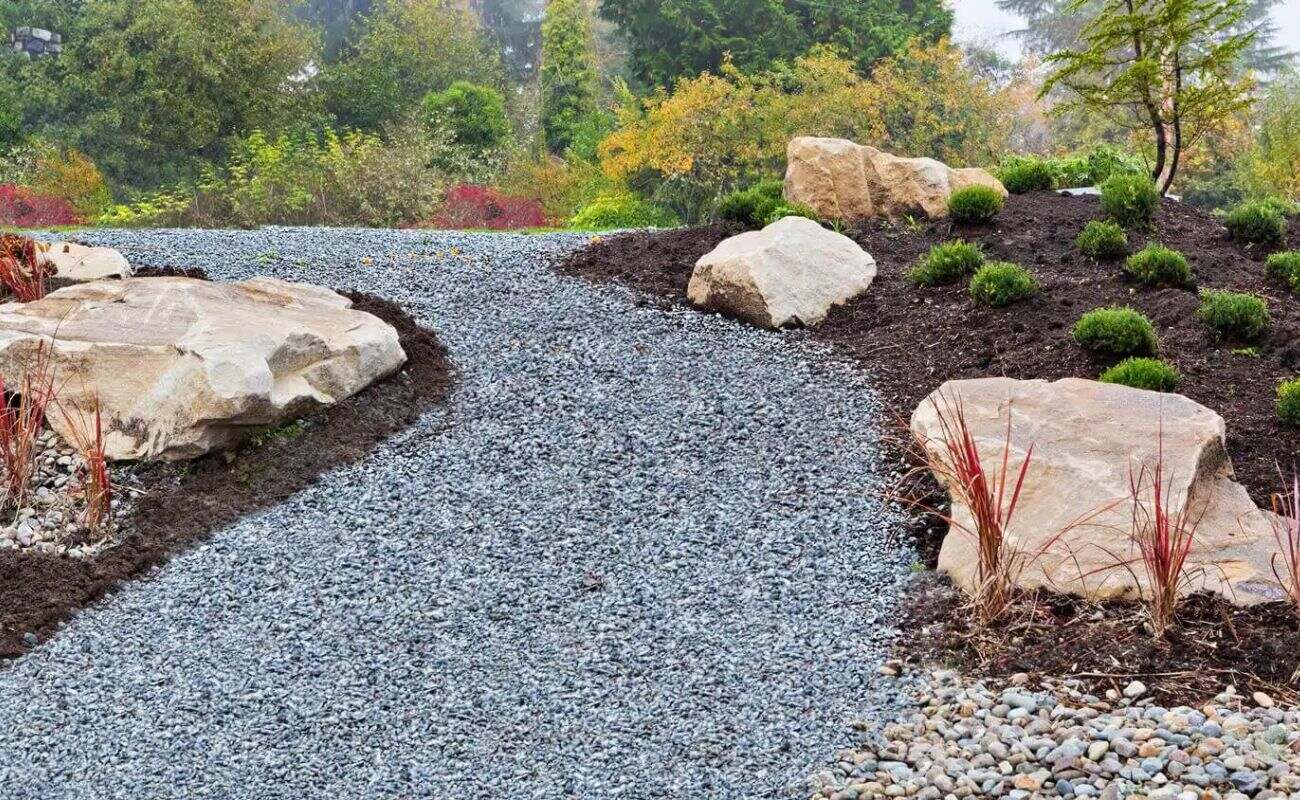
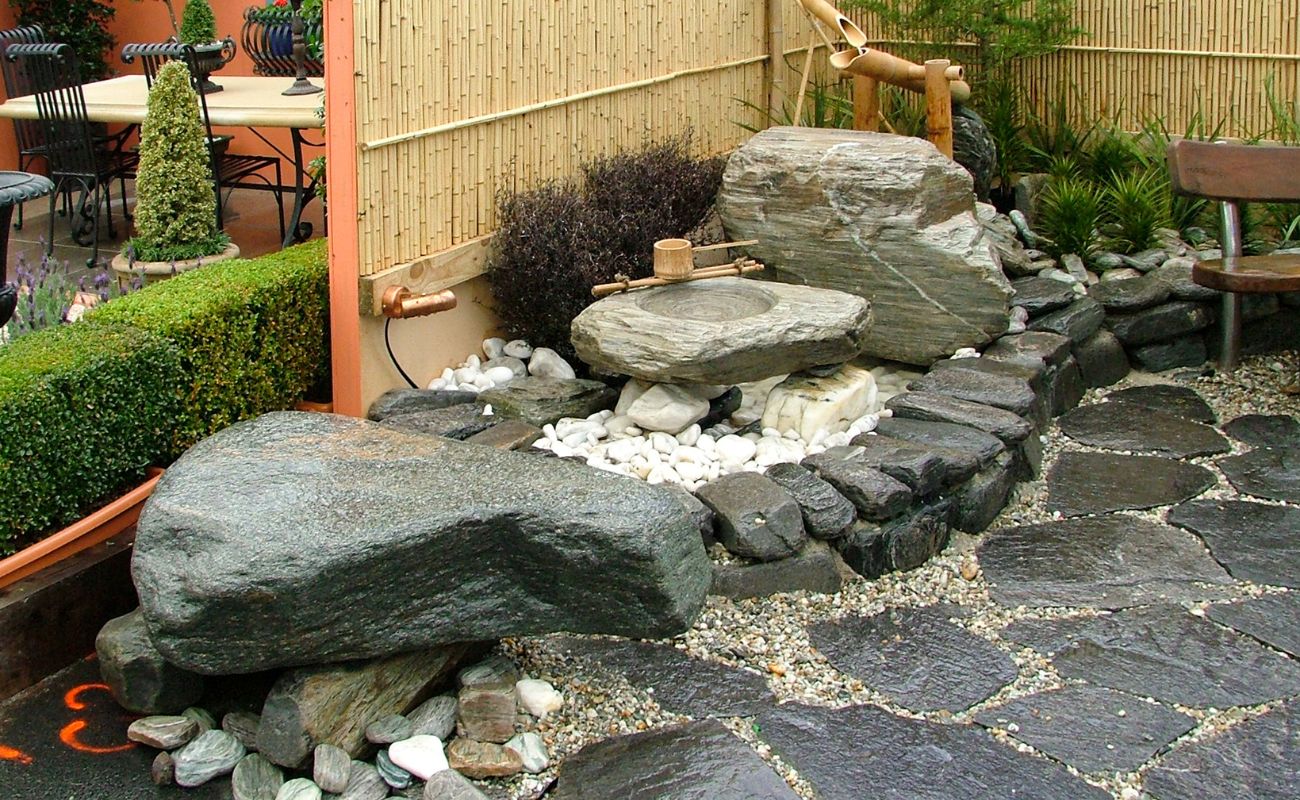
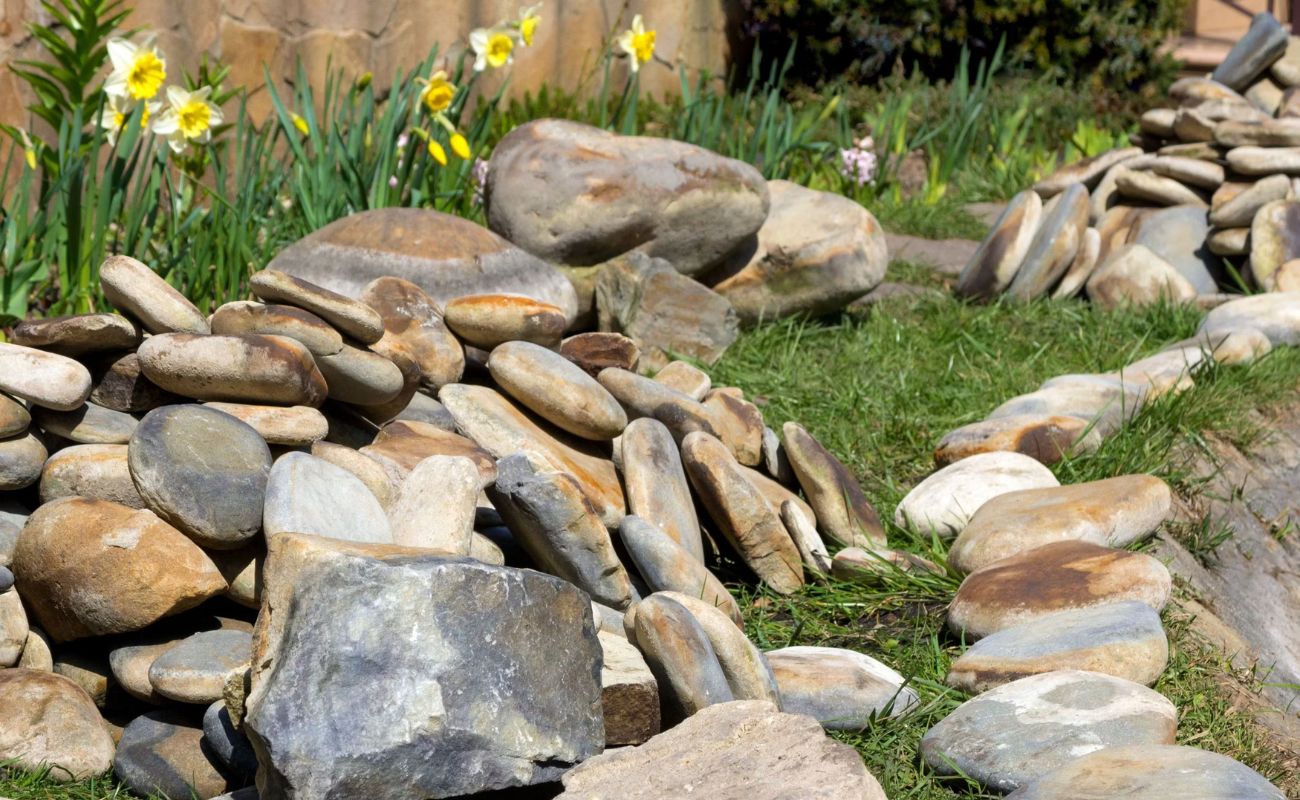
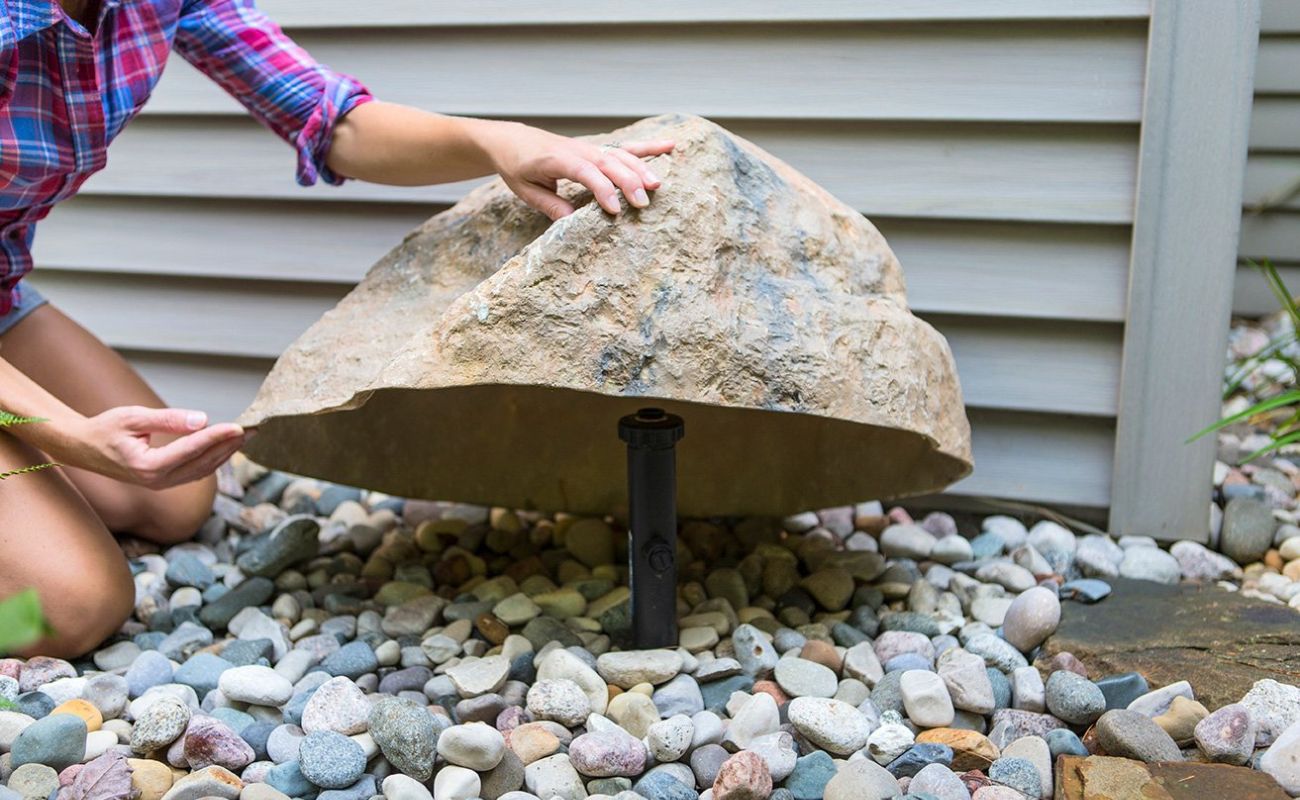
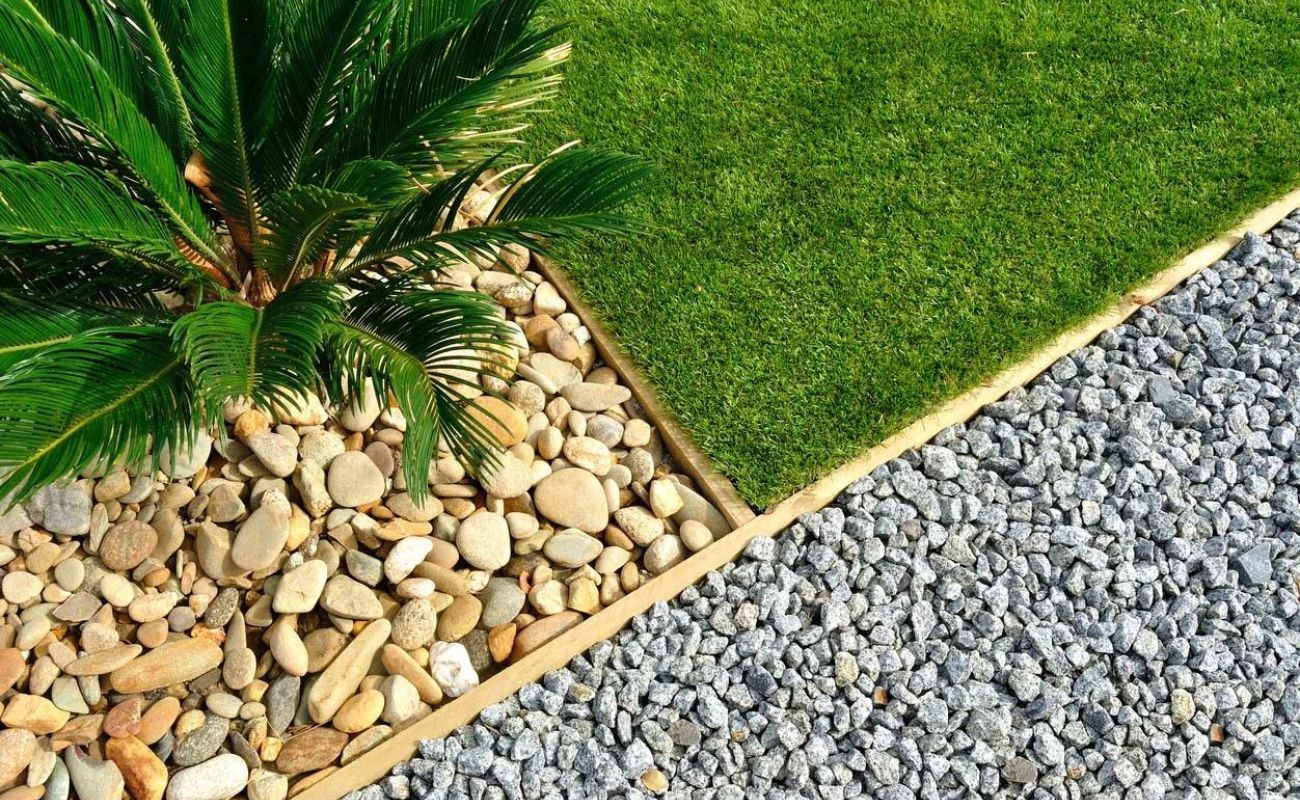
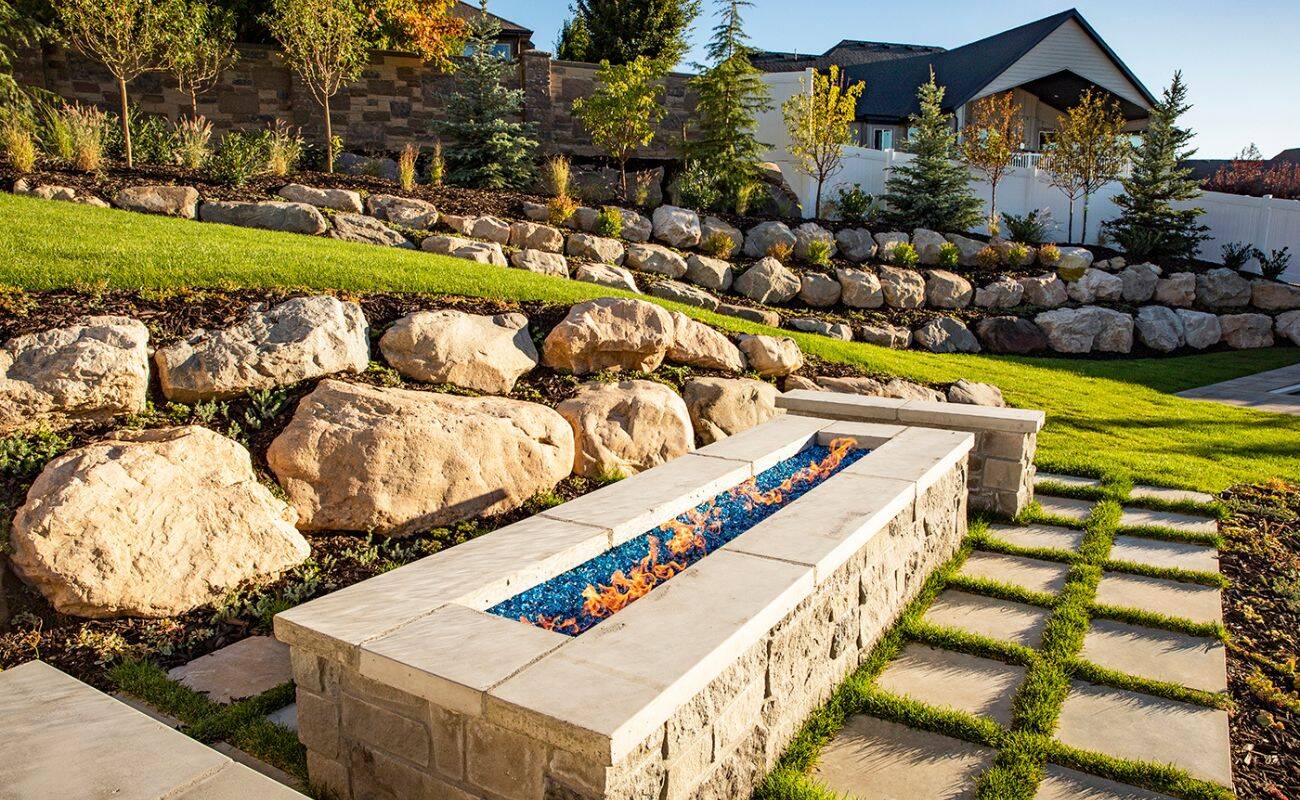

0 thoughts on “How To Get Weeds Out Of Rock Landscaping”